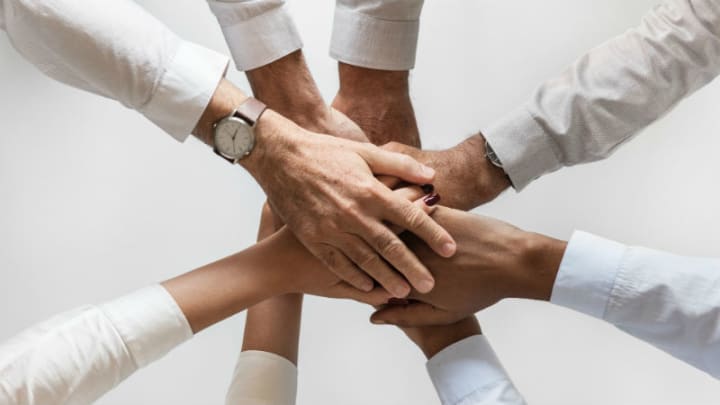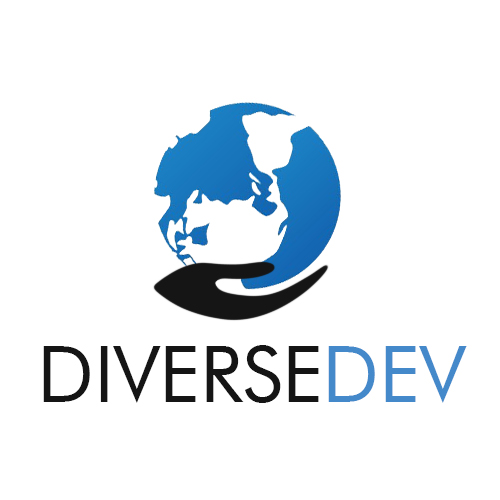
28 Dec Opinion: Without systemic change, safeguarding will only keep INGOs safe — not people
Originally Published in Devex.com
After the resurgence of the Haiti scandal at Oxfam, the international and humanitarian aid community scrambled to respond. A recent Nonprofit Quarterly article reported that hundreds of CEOs and NGOs promised to improve how they address and prevent sexual abuse and harassment by and among staff. Their public pledge was signed some weeks ago by members of InterAction, an alliance of 185 American NGOs working to combat poverty across the globe.
The pledge urges signatories to strengthen policies, procedures, and transparency around incidents of sexual abuse and harassment, “no matter where they occur or the personnel involved. This includes examining and strengthening ways to empower staff and the communities in which we work to report all incidents without fear of reprisal or punishment.”
So, how exactly will these signatory organizations empower staff to report all incidents?
Many organizations imagine that they can control the insidious predatory behavior of some aid workers through the creation of new structures, panels, commissions, and reporting mechanisms. Like clockwork, somewhere in the headquarters of a humanitarian aid organization, the safeguarding industry was hatched and experts magically appeared and promises of change were made.
According to an Oxfam statement in February 2018, the organization had instituted a comprehensive plan to strengthen safeguarding systems across the organization.
A few questions on this:
1. How many of these safeguarding policies were written in the local and national office in country settings where we know the majority of abuse — thus far — has occurred?
2. How many of these safeguarding policies were written after in-depth assessments of what is available in the local and national context? For example, a questionnaire developed by local staff to get at what they see or feel as the real problem?
3. What about non-sexual abuse? When the performance management system is used as a weapon against local staff resulting in an abuse of power.
4. Who are these new safeguarding experts? Do they sit in the headquarters of the humanitarian organization and “parachute in” to provide training or are they local people actively present to drive the development of country-specific trainings that get to the heart of ethics, gender imbalances, workplace rights and responsibilities, and sexual misconduct?
Safeguarding cannot exist without the unequivocal acceptance and commitment to addressing the long-standing power differential between local and national staff and the expatriates who, more often than not, are the head of office or country director. This imbalance drives the day-to-day working environment not only in local and national offices but in the larger context of the country as well.
Safeguarding cannot exist without a concerted commitment to diversity and the systematic inclusion of local and national staff in leadership and decision-making positions.
Safeguarding cannot exist without coming to terms with how gender and race intersect in the humanitarian space.
Safeguarding cannot exist without trust and a belief that the system will provide adequate protection. Safeguarding must be independent of human resources functions.
Safeguarding requires an embedded policy of care that originates in local and national offices, supported by headquarters. Trainings and policies that are developed must come from the people most affected, with the participation of every staff member, from the country director to the chauffeurs, and every person in the organizational chain.
The aid sector must shift its thinking away from the tired and over-utilized paradigm that has always gone in one direction — from developed nations to developing nations of the global South.
Safeguarding cannot be yet another new structure created in headquarters to be dispatched amidst fanfare to the local offices where local and national staff will then check a box indicating that they have received the organizations’ policies on sexual harassment and misconduct.
At the end of the day, safeguarding should not be about brand risk or about protection of donors; it should be a moral responsibility for international organizations operating in some of the most vulnerable places in the world. All safeguarding is local and should begin in local and national country offices.
Former Oxfam head of safeguarding warned against accepting a self regulation of the aid industry and called for organizations to consider incorporating ombudspersons to support safeguarders. The idea of an ombudsperson in the aid sector is not new and was floated back in the mid 1990s, shelved due to various challenges to jurisdiction.
The aid sector is facing real questions of accountability accelerated by #MeToo and #AidToo movements and in this atmosphere, there is no time for misguided safeguarding policies created without the people most impacted by misconduct.
Isn’t it time to revisit the notion that an ombudsperson could be an additional component in the fight to protect people working in these global institutions?
